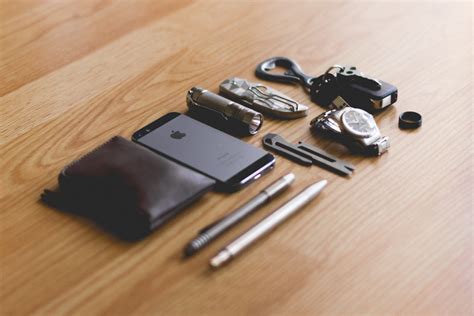How to choose ergonomic office gear for peak productivity and health?
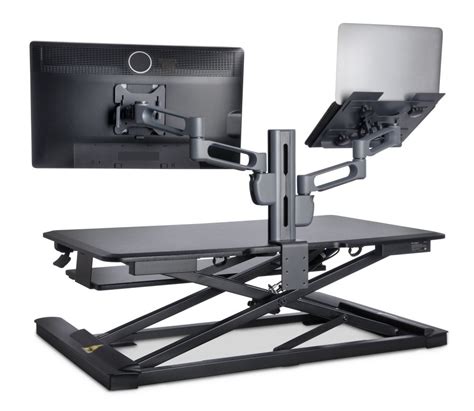
Why Ergonomics Matters for Your Workspace
In today’s fast-paced work environment, many of us spend countless hours at our desks. While dedication is commendable, neglecting your physical well-being can lead to serious health issues, including back pain, carpal tunnel syndrome, neck strain, and decreased productivity. This is where ergonomic office gear comes into play – designing your workspace to fit your body, rather than forcing your body to fit the workspace.
Choosing the right ergonomic equipment is an investment in your long-term health and your ability to maintain focus and efficiency. It’s not just about comfort; it’s about creating a sustainable and supportive environment that minimizes strain and maximizes your potential.
The Ergonomic Chair: Your Foundation of Support
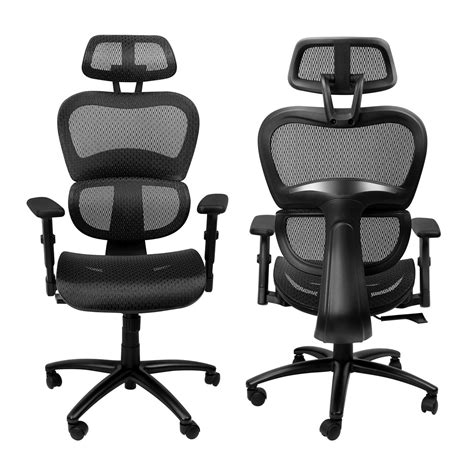
The office chair is arguably the most critical piece of ergonomic equipment. A good ergonomic chair provides adequate support for your spine and encourages a healthy posture, reducing pressure points and promoting circulation. When choosing, look for:
- Adjustability: Seat height, depth, backrest tilt, lumbar support, and armrests should all be easily adjustable to fit your unique body proportions.
- Lumbar Support: A chair should support the natural curve of your lower back, preventing slouching.
- Armrests: Adjustable armrests allow you to keep your forearms parallel to the floor, reducing strain on your shoulders and neck.
- Breathable Material: Good airflow helps regulate body temperature during long hours of sitting.
The Ideal Desk: Embracing Flexibility
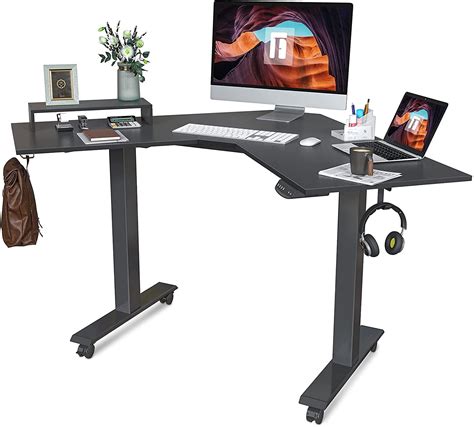
While a comfortable chair is essential, prolonged sitting is still detrimental to health. An ergonomic desk, particularly a sit-stand desk, offers the flexibility to alternate between sitting and standing throughout the day, improving circulation and reducing the risks associated with sedentary behavior.
Key features to consider:
- Height Adjustability: Whether manual or electric, the desk should be able to adjust to various heights for both sitting and standing postures.
- Sufficient Space: Ensure enough surface area for your monitor, keyboard, mouse, and other essentials without feeling cramped.
- Stability: A sturdy desk prevents wobbling, especially when raised to standing height.
Keyboard and Mouse: Minimizing Hand and Wrist Strain
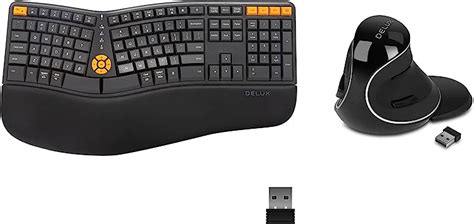
Repetitive strain injuries (RSIs) are common among computer users. Ergonomic keyboards and mice are designed to promote a more natural hand and wrist position, reducing tension and preventing conditions like carpal tunnel syndrome.
- Ergonomic Keyboard: Look for split designs, negative tilt, or contoured shapes that align with your natural wrist angles. Consider a keyboard with quiet keys to minimize distractions.
- Ergonomic Mouse: Vertical mice, trackball mice, or those with contoured grips can reduce pronation of the forearm and pressure on the wrist. Experiment to find what feels most natural for your hand.
- Wrist Rests: While not a cure-all, a padded wrist rest can provide support during typing breaks, but ensure it doesn’t elevate your wrists while actively typing.
Monitor Placement: Protecting Your Neck and Eyes
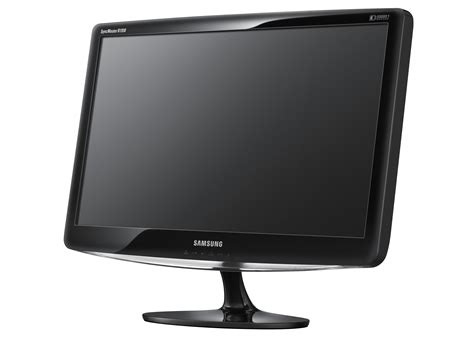
Incorrect monitor placement can lead to neck pain, eye strain, and headaches. Proper setup is crucial for maintaining a comfortable and healthy posture.
- Eye Level: The top of your monitor screen should be at or slightly below eye level. This prevents you from craning your neck up or down.
- Arm’s Length Distance: Position the monitor about an arm’s length (20-40 inches) away from your eyes to reduce eye strain.
- Adjustable Stands/Arms: Monitor arms or adjustable stands offer flexibility in positioning and can free up valuable desk space. If using dual monitors, ensure they are seamlessly aligned and centered.
Beyond the Basics: Essential Accessories and Habits
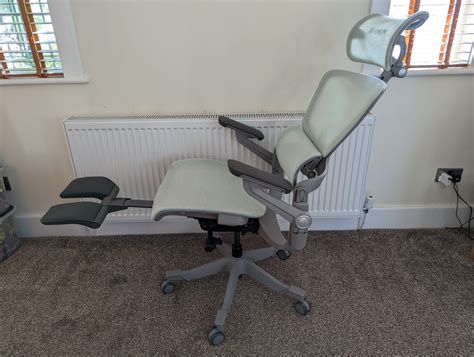
Beyond the core gear, several accessories and habits can further enhance your ergonomic workspace:
- Footrest: If your feet don’t touch the floor comfortably while sitting, a footrest can provide support and encourage proper leg circulation.
- Proper Lighting: Ensure your workspace is well-lit to reduce eye strain, but avoid glare on your screen.
- Regular Breaks: Even with the best ergonomic setup, taking frequent short breaks (e.g., every 30-60 minutes) to stretch, walk around, or simply look away from your screen is vital for both physical and mental well-being.
- Cable Management: A tidy workspace reduces clutter and potential tripping hazards.
Conclusion: An Investment in Your Future Self
Choosing ergonomic office gear is more than just buying new equipment; it’s a conscious decision to prioritize your health and enhance your work performance. By carefully selecting a supportive chair, a flexible desk, ergonomic input devices, and optimizing your monitor setup, you create an environment that fosters comfort, prevents injury, and allows you to work at your peak productivity without compromising your long-term health. Invest in your workspace, and you invest in yourself.








